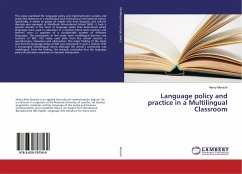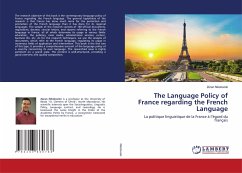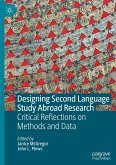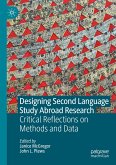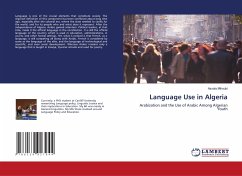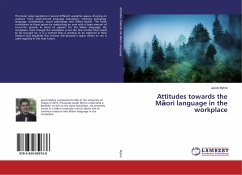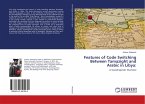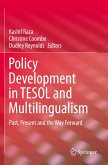This study examined the language policy and implementation outside and inside the classroom in a multilingual and multicultural international school. Specifically, it aimed at giving an insight into how linguistic and cultural diversity was managed at Windhoek International School (WIS). It took a specific interest in the kinds of language policy that determined which languages were used in education in a context where both teachers and learners were L1 speakers of a considerable number of different languages. The participants in this study were multilingual learners and teachers of WIS. The study used data from the school records, a questionnaire, interviews and observation. The major finding of the study was that the language policy at WIS was articulated in such a manner that it encouraged monolingual norms although the school's community was multilingual. From the finding, the research concluded that the language policy should place emphasis on dynamic bilingualism.

